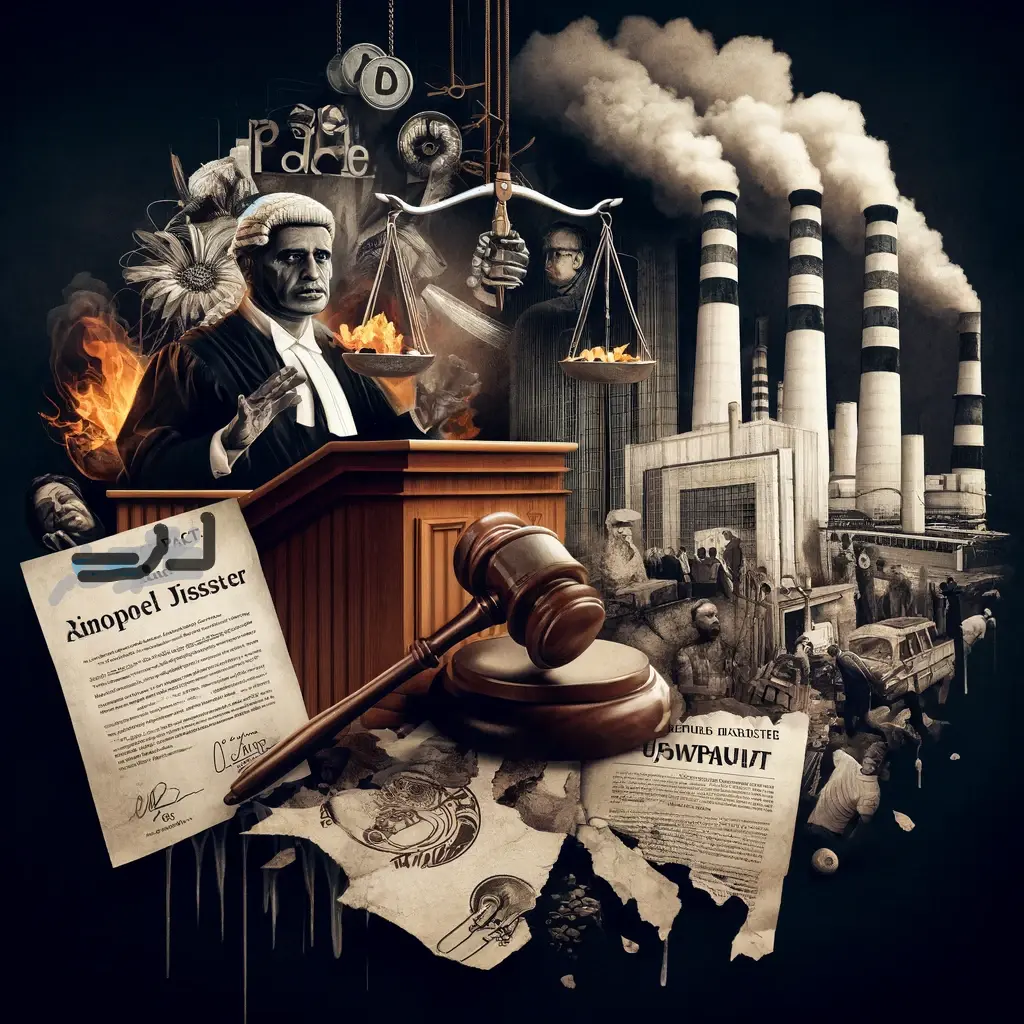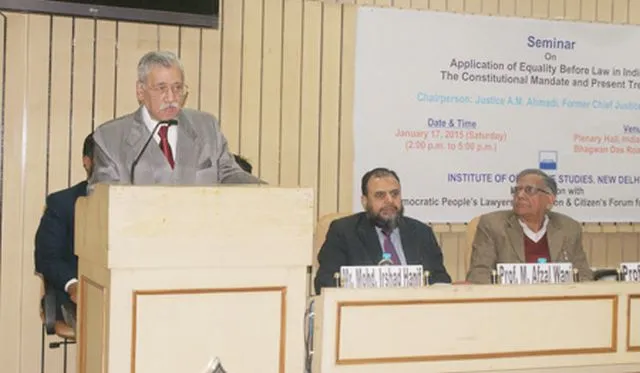Bhopal Gas Tragedy Analysis
Following our initial exploration of the Bhopal Gas Tragedy’s devastating impact, this second post turns to the analysis of legal repercussions and the pursuit of justice in its wake and root cause analysis. As we peel back the layers of judicial response and corporate responsibility, we continue to build on the narrative established previously, preparing to delve even deeper into the root causes and broader implications in a forthcoming analysis. Together, these posts form a comprehensive triptych, revealing the multifaceted nature of one of history’s most grievous industrial catastrophes.
Legal Recourse And Bhopal Gas Tragedy Analysis:

The punishments meted out to Union Carbide executives for various accidents, including the Bhopal Gas Tragedy, have been a subject of significant controversy and debate. This is the very reason that promped us to carry out detailed analysis of the Bhopal Tragedy. Here’s an overview of the actions taken:
Bhopal Gas Tragedy, India (1984):
Warren Anderson, CEO of Union Carbide:
Anderson was charged with manslaughter by Indian authorities. However, he never faced trial in India as he did not respond to summons. The United States refused to extradite him, and he lived the rest of his life in the U.S. until his death in 2014.
Other Executives:
Several Indian executives of Union Carbide India Limited (UCIL) were tried in India. In 2010, seven former UCIL employees, including the ex-chairman, were convicted of causing death by negligence and sentenced to two years in prison, although they were later released on bail.
Company Punishment:
Union Carbide Corporation settled with the Indian government in 1989, agreeing to pay $470 million in compensation, a settlement that was widely criticized as inadequate.
Settlement Controversy and Its Complexities
“In the wake of the Bhopal Gas Tragedy, Union Carbide Corporation’s settlement with the Indian government amounted to $470 million, a resolution that was met with widespread disapproval. Therefore, the compensation awarded to the victims of the Bhopal Gas Tragedy necessitates thorough scrutiny and analisis. Critics argued that this sum, translating to roughly $2,000 per victim, fell far short of compensating for the extensive human suffering, long-term health consequences, and economic disruptions endured by the affected communities. The figure emerged amidst heated debates and was perceived by many as a stark undervaluation of the lives lost and the ongoing environmental degradation.”
The determination of the settlement figure was shaped by a myriad of factors, including formidable legal challenges, jurisdictional complexities, and the daunting process of engaging in international litigation against a powerful multinational corporation. Faced with these challenges, the Indian government aimed to secure a speedy resolution to provide immediate relief to the victims. However, this intent clashed with the realities of international legal proceedings and the strategic defenses of Union Carbide. Moreover, the logistical hurdles in disbursing the compensation—marked by bureaucratic delays and difficulties in identifying legitimate claimants—further exacerbated public dissatisfaction with the settlement. This situation illuminates the broader issue of international legal frameworks’ inadequacy in holding multinational corporations accountable for environmental and human rights violations, spotlighting the need for a more effective global mechanism to address such catastrophes.
Analysis of Root Cause of Bhopal Gas Tragedy
To delve deeper into “Analyzing the Root Cause” of industrial disasters, we can break down the discussion into more nuanced subsections, each examining a facet of the complex interplay between political systems, industrial practices, and regulatory environments. This analysis aims to uncover the foundational issues that predispose industries to safety oversights, leading to disasters.
The Political-Industrial Nexus
Interconnectedness of Power and Profit: This section explores how the symbiotic relationship between political entities and industrial corporations fosters an environment where safety and environmental considerations are often sidelined for profit maximization. The mutual benefits derived from this relationship, such as campaign financing in exchange for favorable legislation, play a significant role in weakening the regulatory frameworks intended to protect public health and the environment.
Regulatory Failures
Weak Enforcement and Diluted Policies: Here, we examine how the aforementioned nexus leads to regulatory bodies being underfunded, understaffed, or otherwise incentivized to turn a blind eye towards corporate malpractices. Case studies of lax enforcement practices and instances where policies are watered down under corporate pressure highlight the systemic nature of these failures.
The Role of Lobbying and Campaign Finance
Influence on Legislation and Standards: This subsection sheds light on the direct impact of corporate lobbying and campaign contributions on shaping laws and standards. It discusses how corporations can effectively purchase influence, leading to legislation that favors industry interests over public welfare, including the dilution of safety standards and environmental protections.
The Impact on Safety Norms and Public Welfare
Erosion of Safety Cultures: An exploration of how the prioritization of economic gains over safety considerations leads to a culture where cutting corners and bypassing regulations become the norm. This part underscores the consequences of such a culture on public welfare, illustrating through examples how this disregard for safety norms directly leads to disasters.
Pathways to Reform
Realignment Towards Public Welfare: Concluding with a forward-looking perspective, this section proposes a framework for reform that involves strengthening regulatory bodies, enforcing stricter penalties for violations, and restructuring campaign finance to reduce corporate influence in politics. It also advocates for a paradigm shift in political will, emphasizing the need for a governance model that places public safety and environmental sustainability at its core.
Conclusion: Bridging Theory to Action
Moving Beyond Analysis to Implementation: A call to action, urging stakeholders at all levels—governments, industries, communities, and individuals—to engage in a concerted effort to address the systemic issues identified. This includes advocating for transparency, accountability, and a genuine commitment to reforming the systemic flaws that contribute to the perpetuation of industrial disasters.
Engineering Failure
Analyzing the Bhopal Gas Tragedy from an engineering viewpoint reveals a catastrophic failure of multiple systems and safety protocols within the Union Carbide India Limited (UCIL) pesticide plant. The central component to the disaster was Tank E-610, where a reaction occurred, leading to the release of a toxic cloud of methyl isocyanate (MIC) gas (JPT). This tragic incident was not the result of a single failure but rather a series of compounded errors and safety oversights.
Key systems and components that failed include:
- Refrigeration System: There was a 30-ton refrigeration unit designed to keep MIC at a low temperature to prevent any reaction. However, this system was not operational, leading to MIC being stored at a temperature that facilitated the catastrophic reaction (Bhopal Medical Appeal).
- Safety Systems: The plant was equipped with various safety systems designed to mitigate such disasters, including a temperature alarm, daily storage tank sample testing, and a versatile arrangement of pipes and valves for reprocessing or destroying contaminated material. There was also an empty storage tank for containing contaminated material and a Vent Gas Scrubber (VGS) designed to neutralize MIC with caustic soda. A flare tower was in place as a last resort to burn off any escaping gas. Unfortunately, due to a combination of maintenance failures, lack of adherence to safety protocols, and systemic vulnerabilities, these safeguards were ineffective when the disaster unfolded (Bhopal Medical Appeal).
- Circulation Pump Failure: The MIC Circulation Pump, crucial for the operation of the refrigeration system and the effectiveness of the temperature alarm and VGS, also failed. This failure resulted in a “Common Mode Failure,” where multiple safety systems dependent on the pump were rendered ineffective. The failure of the pump not only compromised the refrigeration but also nullified the ability to detect high-temperature conditions indicative of a thermal runaway reaction (Bhopal Medical Appeal).
- Layer of Protection Analysis (LOPA): An analysis technique introduced later, known as LOPA, suggests that the provided safeguards were insufficient and interdependent, leading to a scenario where the failure of one component could defeat multiple layers of protection. The close coupling of system dependencies meant that the failure of the MIC Circulation Pump negated the functionality of critical safety systems (Bhopal Medical Appeal).
The Bhopal Gas Tragedy underscores the importance of not only having multiple layers of protection in place but also ensuring these systems operate independently to prevent a single point of failure from cascading into a disaster. The incident highlights the need for rigorous maintenance, regular safety checks, and a culture that prioritizes safety over cost-saving measures. It serves as a stark reminder of the consequences of neglecting industrial safety and the critical importance of designing systems with fail-safes that operate independently to protect against both human error and mechanical failure.
About the killer gas
Conclusion
As the nightmarish fog of MIC descended upon Bhopal, transforming the city into a tableau of chaos and despair, the community’s immediate response to this unforeseen catastrophe showcased both the fragility and resilience of the human spirit. This calamitous event, born from a lethal combination of technological failure and neglect, precipitated a crisis that extended far beyond the immediate horror of that night. The consequences of the disaster—ranging from the immediate toll on human life to the long-term health and environmental repercussions—underscored the critical need for a robust and responsive safety infrastructure. As we transition to examining the immediate aftermath, it becomes evident that the disaster’s impact was multifaceted, affecting not just the physical well-being of the city’s residents but also laying bare the systemic shortcomings in industrial safety and crisis management. The final post “Bhopal Tragedy Repeating Itself In Industries?” presents the current status of the industrial accidents legal and ethical framework.
Feature Image: The photo depicts a seminar in progress. At the foreground, there’s a man standing at a podium addressing the audience, identified by a placard as Justice A.M. Ahmadi, Former Chief Justice of India. Behind him, there’s a banner detailing the seminar’s topic, “Application of Equality Before Law in India: The Constitutional Mandate and Present Trend”. Two individuals are seated at the table on the stage; one appears to be speaking into a microphone, and the other is looking on. The audience is not visible in the frame. (Click here for seeing the image)
Related Posts
Bhopal Gas Tragedy
Bhopal Gas Leak: Completing 39 Years on 3 December 2023
On This Day 8 April 2024

It’s difficult to find educated people on this subject, however, you sound like you know what you’re talking about! Thanks